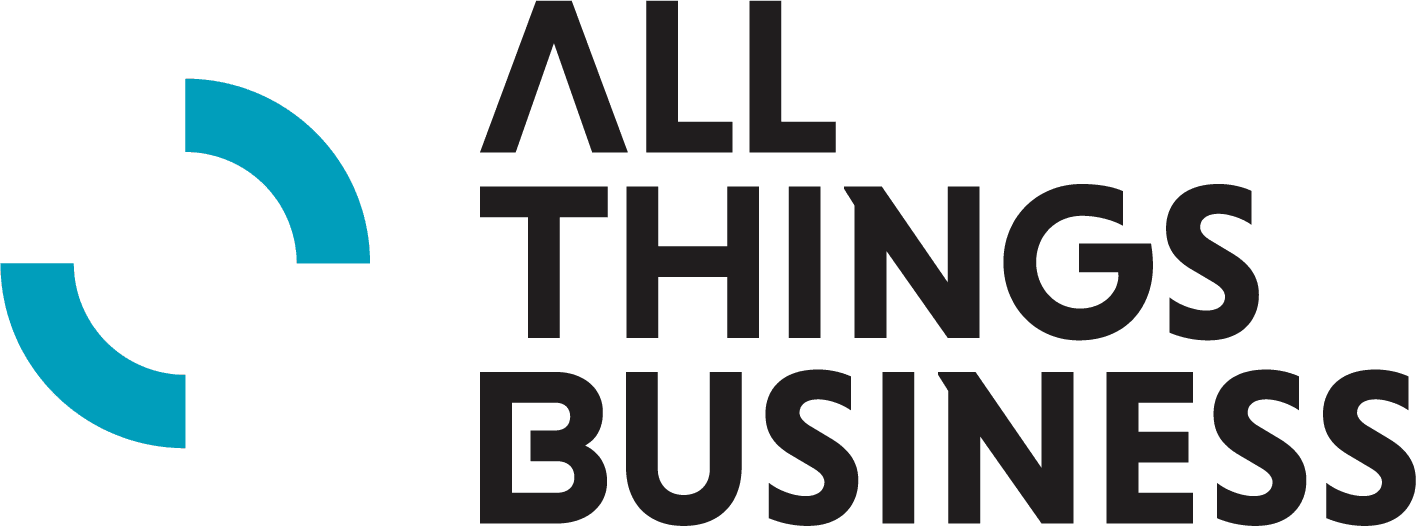The first job of any business is to be economically sustainable, and making money is a key part of achieving this goal. Business financial metrics are an important way of measuring the success of a business and can be important key performance indicators (KPIs) for measuring the success of a business over time.
Here are some key business financial metrics for small businesses that you can use to help define your business objectives.
Key business financial metrics to keep track of:
- Revenue – The amount of money generated by a business selling its products or services, without any deductions.
- Expenses – The amount that a business spends in order to continue to operate. This includes things like equipment, labour and supplies, which are called operating expenses. Non-operating expenses include things like loan interest and other lending fees, anything that isn’t a direct result of doing business.
- Net Income – The amount left when subtracting expenses from revenue. Unless a business has investors willing to make a loss to grow the business, most small businesses will need to generate enough revenue to cover expenses (and preferably more!)
- Cash flow – This is how much money a business has in a specific timeframe and is one of key financial metrics for decision making. It’s important to measure how much money comes in and how much comes out, allowing for businesses to plan their spends more effectively. The process of working this out can also flag any late invoices that may need chasing.
- Accounts payable/receivable – This measures how long it usually takes for customers to pay their invoices, and how many days it takes for the business to pay its outgoings. This will help to work out cash flow and plan spend accordingly.
- Working capital – A more complex version of cash flow, which also considers things like liabilities and assets in the same period, giving a more complete picture of a business’s financial health.
- Budget vs forecast – Comparing your budgets and forecasts with the actual state of the business is an excellent way of reviewing your budgeting and forecasting practices. Any differences should be measured and interrogated.
- Cost of customer acquisition – This is the amount of new customers gained in a new period, which is then used to divide the cost of any sales initiatives or marketing efforts, giving a cost per customer gained.
Find out more about accounting for businesses of all sizes with our other blogs on topics like small business debt, short term finance and budgeting.














